2020’S ULTIMATE BEGINNER’S GUIDE TO FACEBOOK ADS
Photo From pexels
Originally Posted On: https://ghax.io/facebook-ads-sales-strategy/
Over 1 billion people use Facebook. The power of Facebook is evident in its advertising.
Businesses and marketers see an opportunity to pay for Facebook ads because so many people are on this social media platform. The opportunity to get very specific in who you target is available to businesses and marketers.
Facebook advertising, however, is a lot more complicated depending on what kind of marketing you plan on doing in your business. It can be expensive if you don’t have a strategic marketing strategy, but rewarding if you do it right.
You not only need a Facebook ad strategy but you also need a sales strategy. You need a campaign that generates leads and converts sales.
If you have a business and are looking to increase more traffic to your site or generate more profit with your business with Facebook ads, here’s everything you need to know about Facebook ads that can help make your business more profitable.
What’s Your Campaign?
Your Facebook campaign is the driving force behind what you’re business is trying to accomplish. The campaign should be specific, targeted, and with a purpose to promote a specific result.
Before you do anything, you need to setup Facebook Business Manager, connect your Facebook Business Page, and then create an ad account for the business.
After everything is set up, you need to figure out what kind of campaign you are creating. You can choose from 11 different campaigns, depending on what you’re trying to achieve.
These campaigns are:
- Brand awareness
- Website traffic
- Store traffic
- Catalog sales
- Video views
- Reach
- App installs
- Lead generation
- Messages
- Conversions
- Engagement
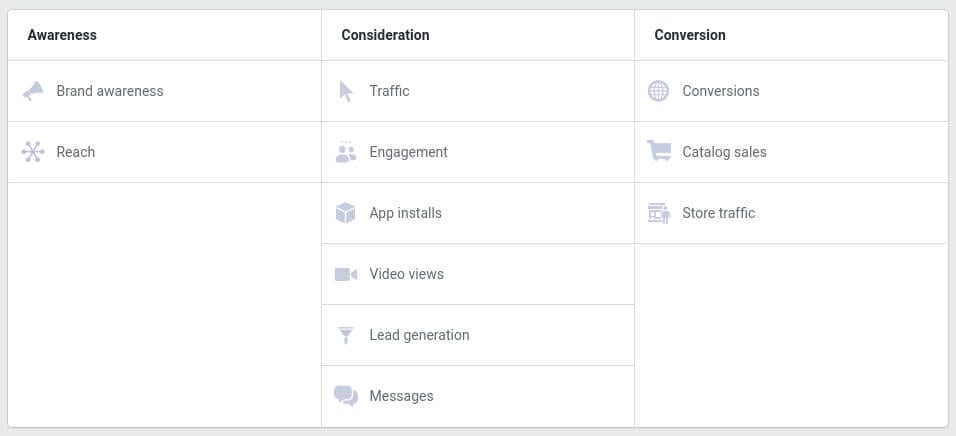
Each of these campaigns serves a unique purpose. If you’re trying to promote your website or a blog post, traffic campaigns will work the best.
If you’re trying to get more video views on your YouTube channel or your website, then video views are the best way to achieve that goal.
If you have an app, you can create a campaign that targets users and sends them directly to the app store to download your app. A campaign centered on messages can help your Facebook business page reach more people. You can have automated messages that message people when they visit your Facebook business page.
Catalog sales are when you create a campaign that shows items in your catalog.
Finally, lead generation is conversion is designed to promote sales. For instance, a lead generation campaign helps you bring in leads with their name and email. Now you can contact these leads.
If you have a conversion campaign, it takes the Facebook user to your website and buys something from your business.
You can visit our services pages and see how we help businesses with Facebook campaigns and develop a sales strategy.
Ad Sets
Ad sets make you decide who your audience is and how much you’re spending on that campaign. It’s also where you decide where you place your ads in what location.
Ultimately, ad sets are best for A/B testing. That means you can test two different audiences with the same budget and see what ad set performs better. It gives you an idea of what the audience is going to react better to the ad set.
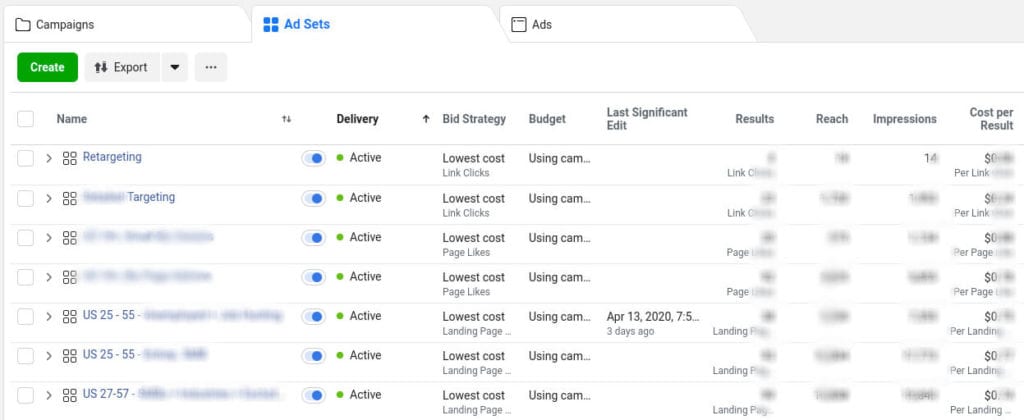
Marketing is about perfecting your campaign, and ad sets allow you to do this with different options. If you’re unsure of who to target and how much to spend, ad sets give you the flexibility to see what works and what doesn’t work.
If you want to see how we’ve helped businesses create effective ad sets, you can check out our case studies here.
Ads
The final part of a campaign is the ads. These are where you create images, a headline, and the body text under the headline.
It’s what people will see when your ad goes live. You can have multiple ads within an ad set. For instance, if you are targeting a specific audience within your ad set, you can target them with multiple ads.
It’s another way to test to see how that audience reacts to your ad. It’s a way to see if your ads are effective before changing your audience.
If you want to create an effective advertisement, you should focus on creating a crisp picture that isn’t blurry. Ideally, a business picture rather than a stock photo is better because it conveys authenticity.
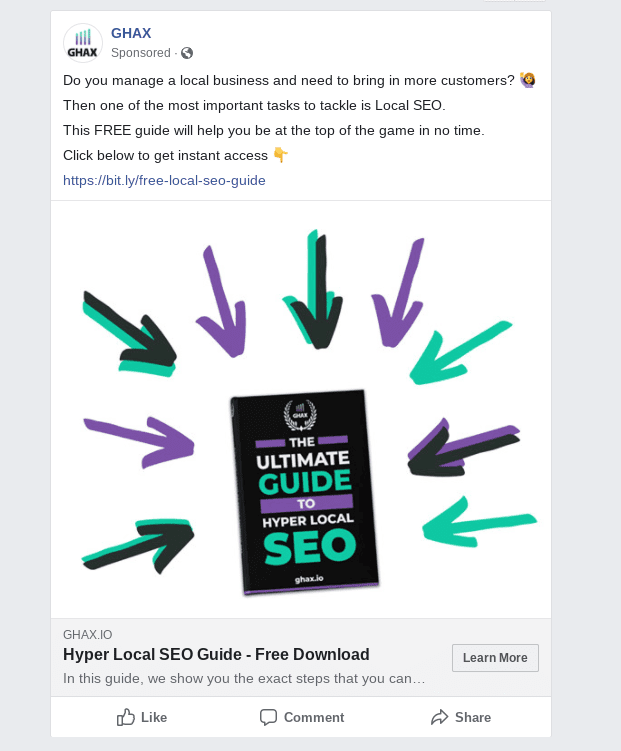
When it comes to the header, you should have something that sparks interests. It should be something that entices the user to take action. It should also be to the point rather than vague.
The final part of the ads is the content under the header. Users will either read it or continue to scroll. The content part under the advertisement is where you detail everything about your offer and why it appeals to the user, to that specific audience.
Single Ad or Carousel Ad
Another feature of the ads is how you want to create them. You can create a single ad with a single image, a header, and content underneath the header. It can be either a short-form or a long-form ad.
You also have the option to change what the link says on the ad. You can have it say “shop now” or “tap here.”
If you create a carousel ad, it will show multiple pictures for the user to view instead of just one. For example, if you’re a real estate agent trying to show the user multiple houses, a carousel ad would be an effective method.
You can also preview the ad on the desktop and the mobile and see how it looks. It’s a way for you to determine how the picture looks before it goes live.
Audiences
Audiences are a critical part of your Facebook ads. While you may think that everyone is your customer, that’s not the right approach.
You want to target people who are most likely to take action with your product. Your targeted should be focused on a specific age, demographic, and location.
If you live in a city that has a population of 400,000 and you target everyone in that city, your results won’t be great and you’ll spend more than you want.
Always consider your objective when you targeting your audience. Facebook manager allows you to pick the age range, the demographics, the location, and the interests of the audience.
Remember, you can always create and save different audiences for different ad sets. If you’re unsure of who your audience is, you can test versions of your audience with different ads and see what the audience reacts to the best.
Retarget Audiences
You can also target based on education, relationship, work, finances, politics, life events, behaviors, and connections. You can also target. audiences who viewed your video and clicked on it.
Another unique feature of Facebook ads is that you can retarget audiences. For instance, if you are running a sale on your website and are trying to get Facebook users to buy your product, you can always retarget the users with a different ad and see if it performs better.
Creating Facebook audiences can be as complex as you want it to be, but it can also be as simple as you want it to be. The overall goal, however, should be to figure out an audience that is going to love your product and your business model.
When you can figure out your audience, everyone else becomes easier.
What’s Your Marketing Budget?
If you want to test your Facebook ads and continue to run multiple ads to different audiences, you need a marketing budget.
The great part of Facebook ads is that you can determine how much you want to spend in a month. If you have a marketing budget of $300 for the month, you can tell Facebook in your ads manager account that you don’t want your ads to go beyond that amount.
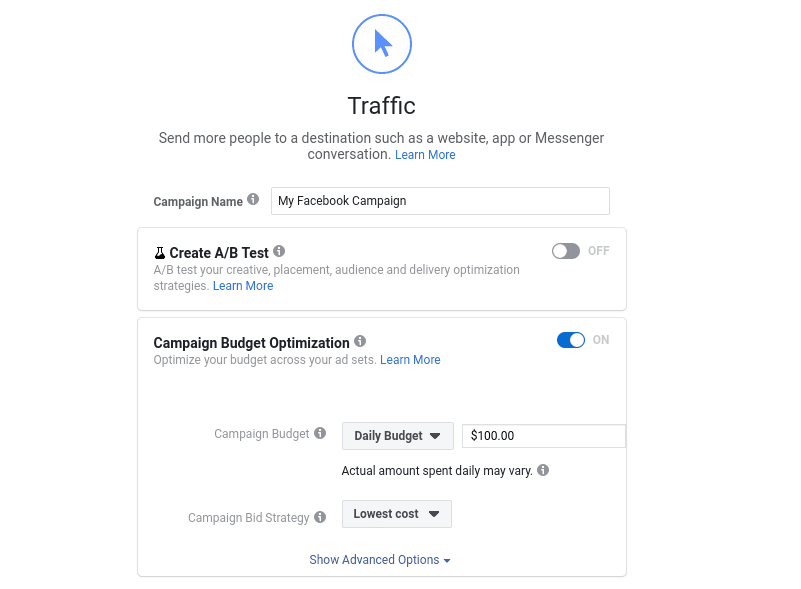
If you want to spend as much as $10,000 a day on ads, you can also do that. You’re in control of the ad spend.
However, the more you have to spend on Facebook ads, the more likely you’ll have positive results. It takes some testing in order to figure out your audience, if you have an ad that works, and if you have the right offer.
Daily or Lifetime Budget
Facebook also allows you to control your budget with a daily and lifetime budget. The daily budget means that Facebook will pace your spending at a minimum of $1 per day.
A lifetime budget means Facebook will pace your spending over a period of time. That means if you want your ads to run April 1st to May 1st, Facebook will spend however much you have allocated for that month.
You can also decide if you want Facebook to run your ads continuously at $20 per day. That means Facebook will spend that much per day until you decide to pause your ads.
The ads can either be delivered by either standard or accelerated. Standard delivery means they will be shown to your audiences throughout the day. Accelerated delivery means that ads will be shown to your audiences more because it is time-sensitive.
The Analytics
The analytics are important because they tell you how your Facebook ads are performing compared to your competitors. Analytics give you an idea if you’re overspending or if you should kill that ad.
You should look at the cost per result shows you the cost of the based on the results.
If you’re running a brand awareness campaign, you should look at the impressions. This particular metric tells you how many people look at your campaign.
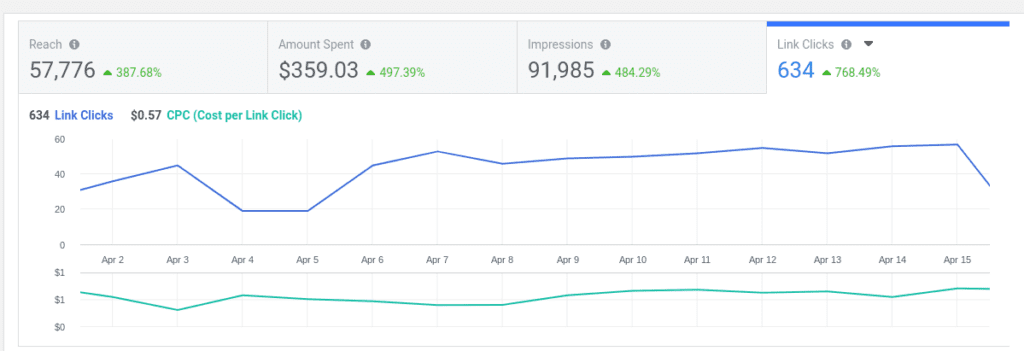
Ad click is another important metric because it tells you how much you’re paying per click. It gives you an idea if you have a good cost per click compared to your competitors.
Another metric to consider is the cost per lead. This metric tells you how much you’re paying to generate leads. If you’re paying an outrageous $50 per lead, you should consider changing the ad and the audience.
Have a Sales Strategy Prepared
Finally, if you run Facebook lead generation campaigns, you should have a sales strategy prepared. You should have a sales strategy prepared for any campaign but particularly for lead generation because you’ll have the lead.
Whenever you create a sales strategy, it should be about the customer and their wants. It should be about their problems and how you can help them solve the problems.
Facebook ads can generate leads for you, but it’s ultimately how well your sales funnel and sales team performs that generates you profit and closes these leads. You should also nurture your leads.
That means continue to give free lead magnets to your audiences, so they can trust you in the long-term. It helps your ideal audiences understand that you aren’t just trying to sell something to them.
One of the ways to ensure your sales strategy is ready is to make sure you have a sales funnel. You can read more about how to create this funnel on our blog.
How Facebook Ads Needs a Sales Strategy
It’s easy to overlook the sales strategy when it comes to any marketing plan. Some businesses focus on leads, traffic, and brand awareness, but not sales. Yet, this is a critical part of generating profit.
Now that you have an understanding of Facebook ads from campaign to targeting audiences, you have a more familiar idea of what kind of leads you are generating. Ultimately, it can help you develop a sales strategy based on the leads you generate.
If you have any questions about Facebook ads, you can contact us here.
